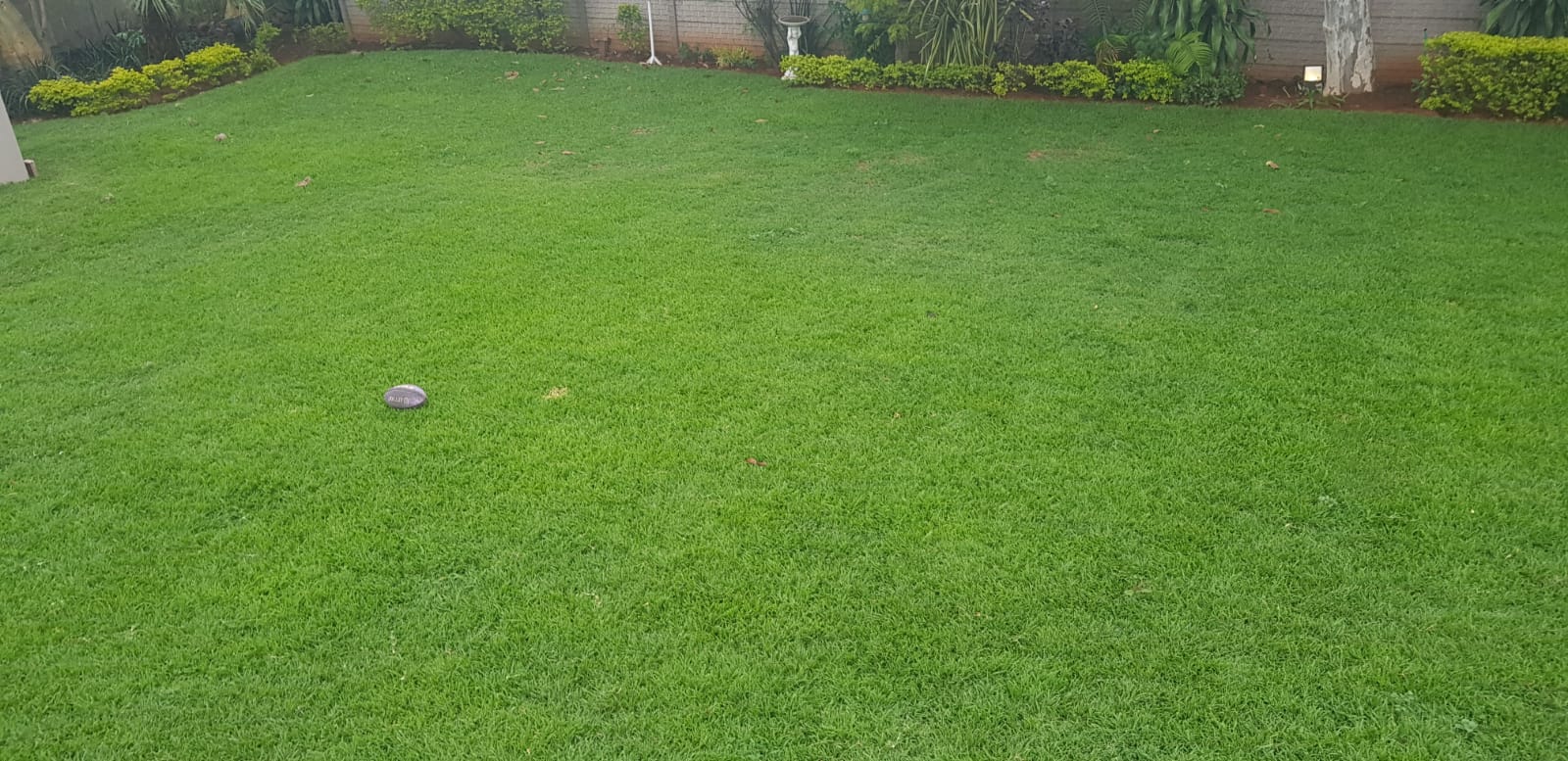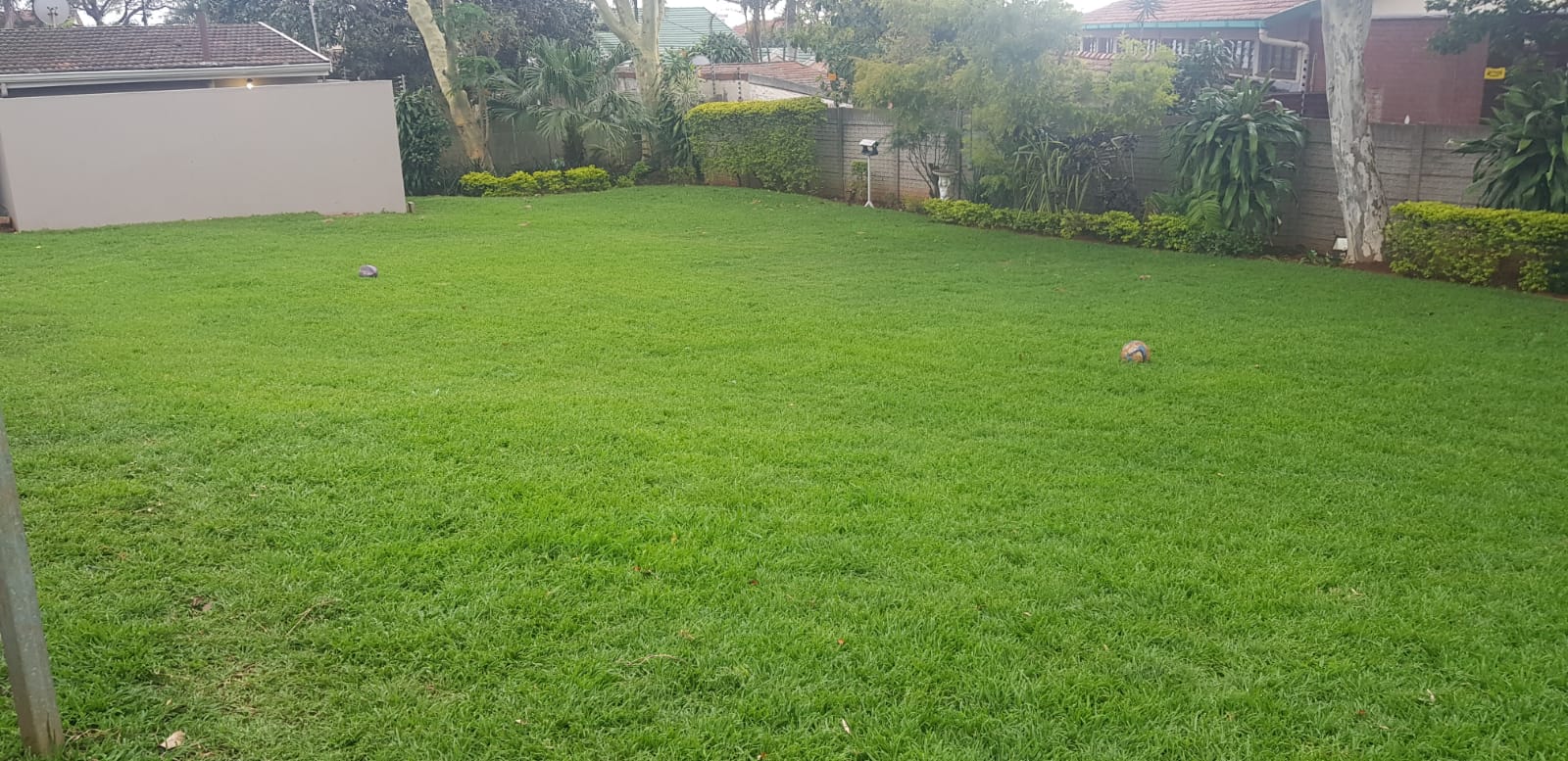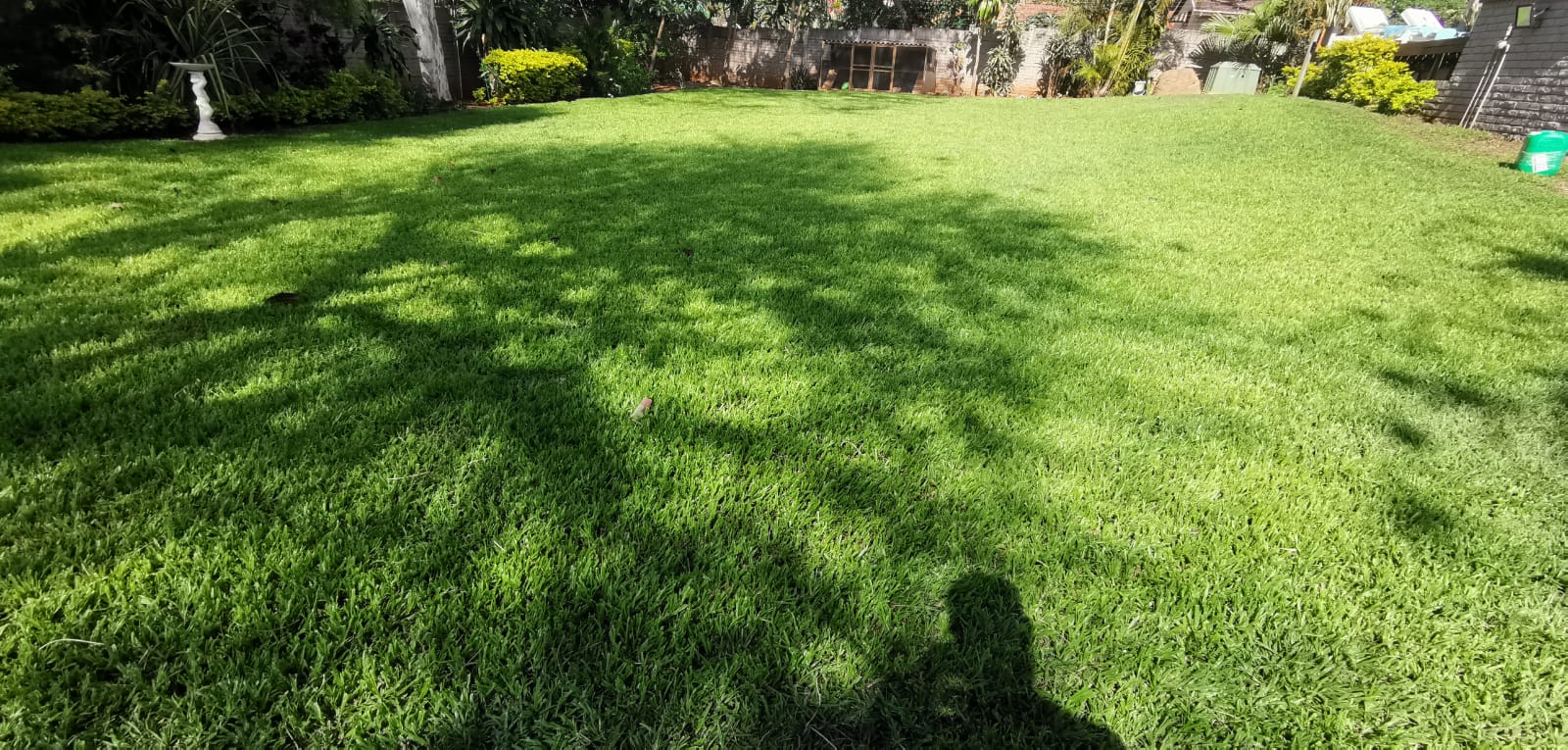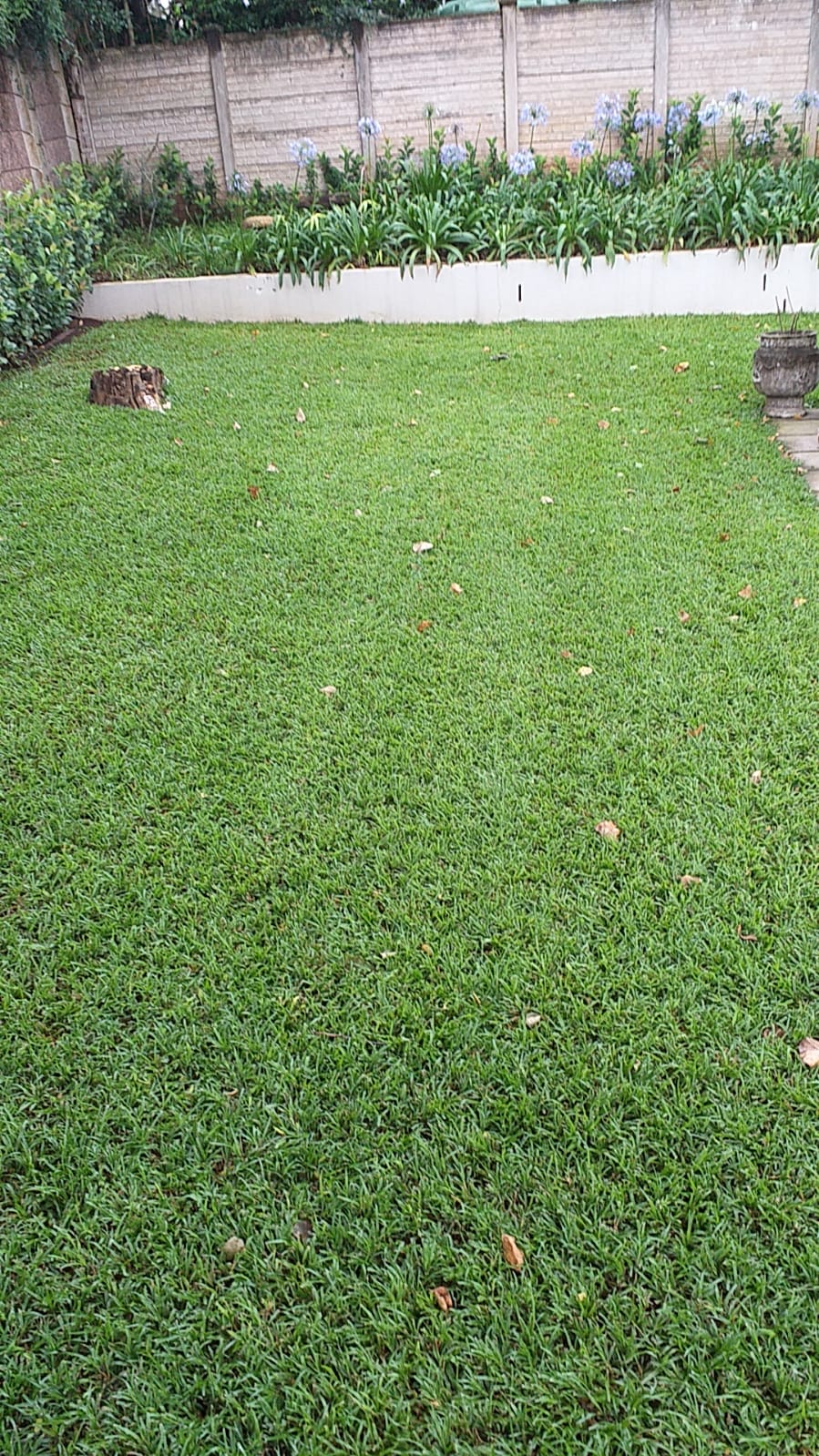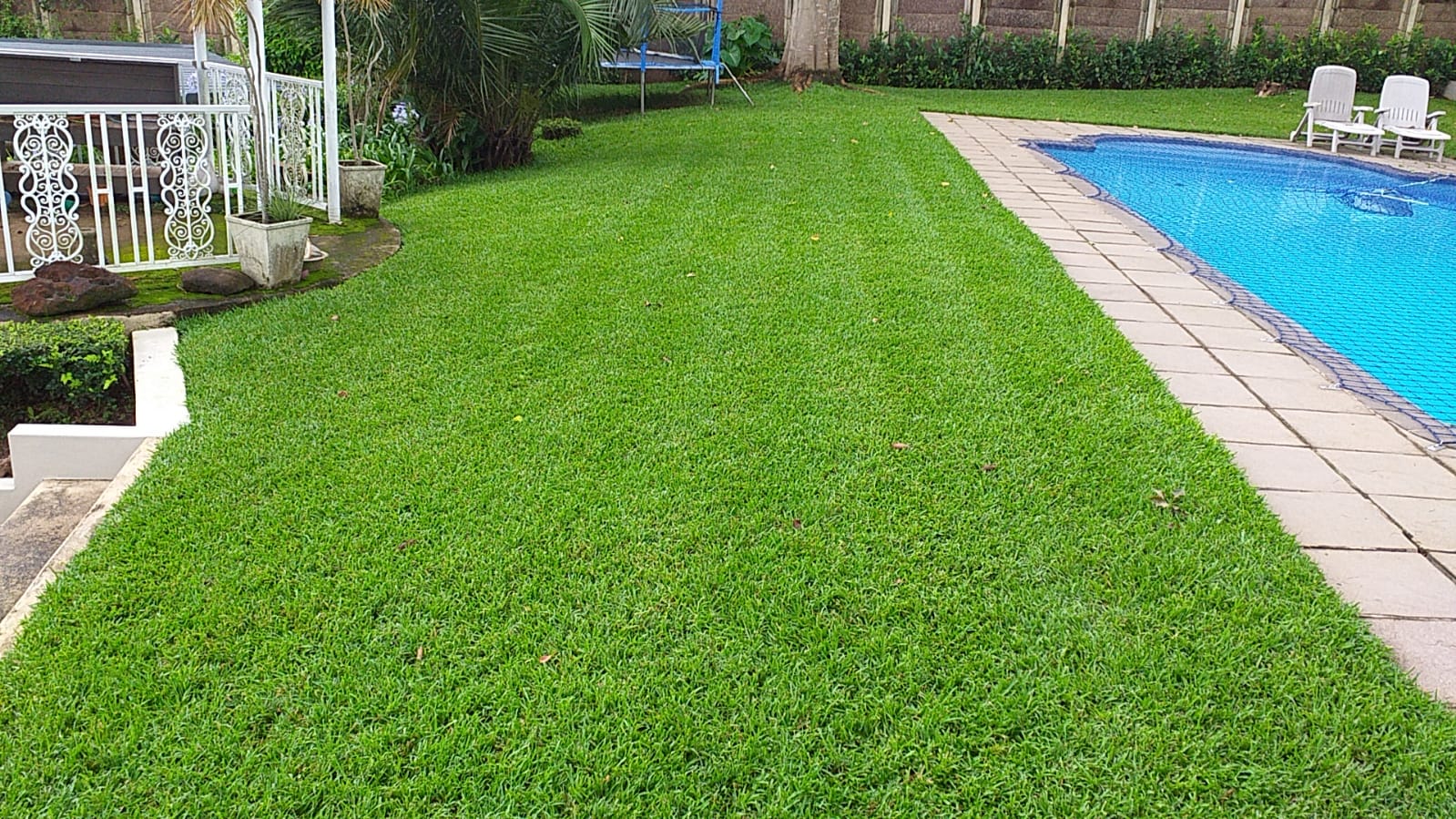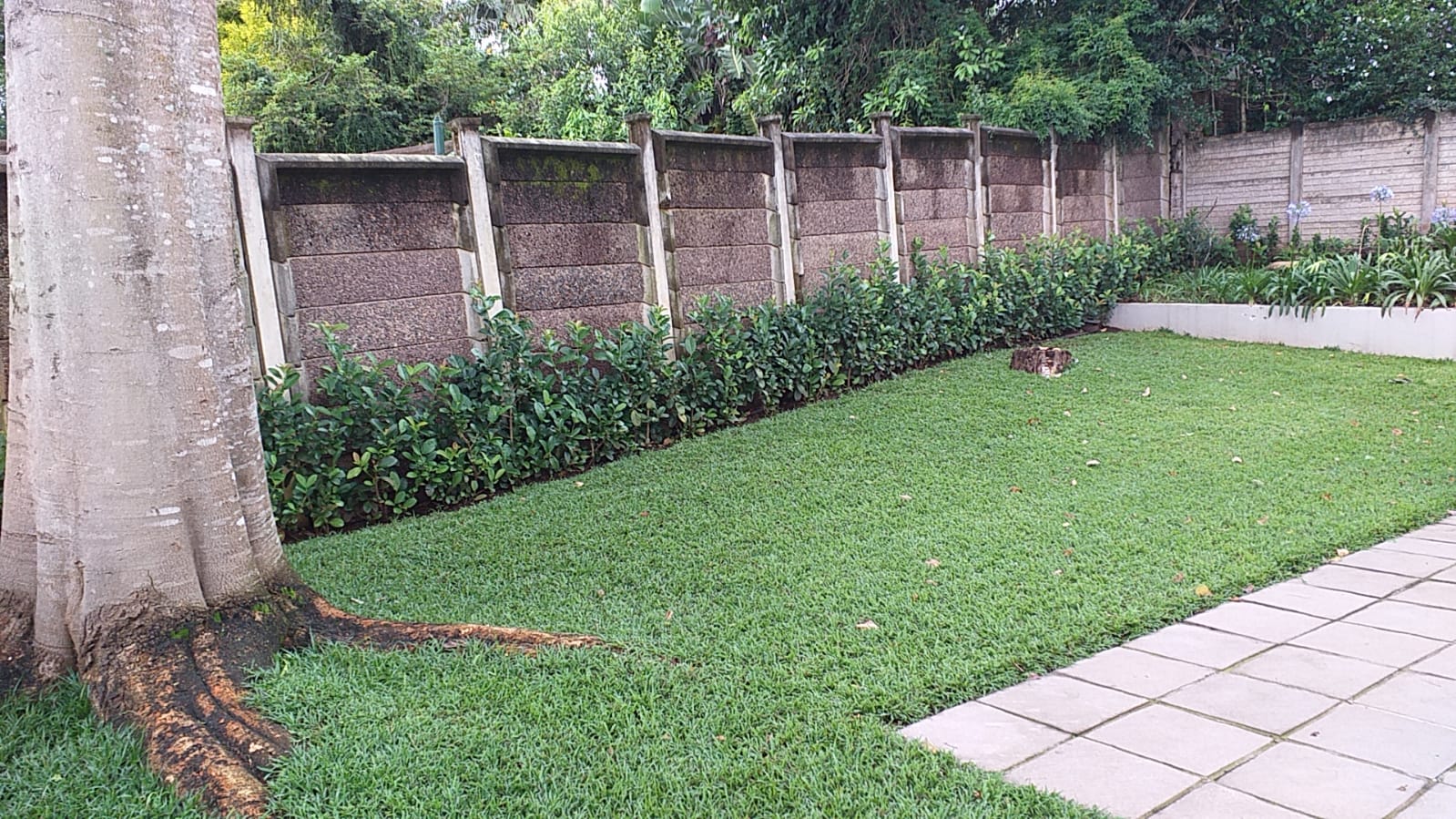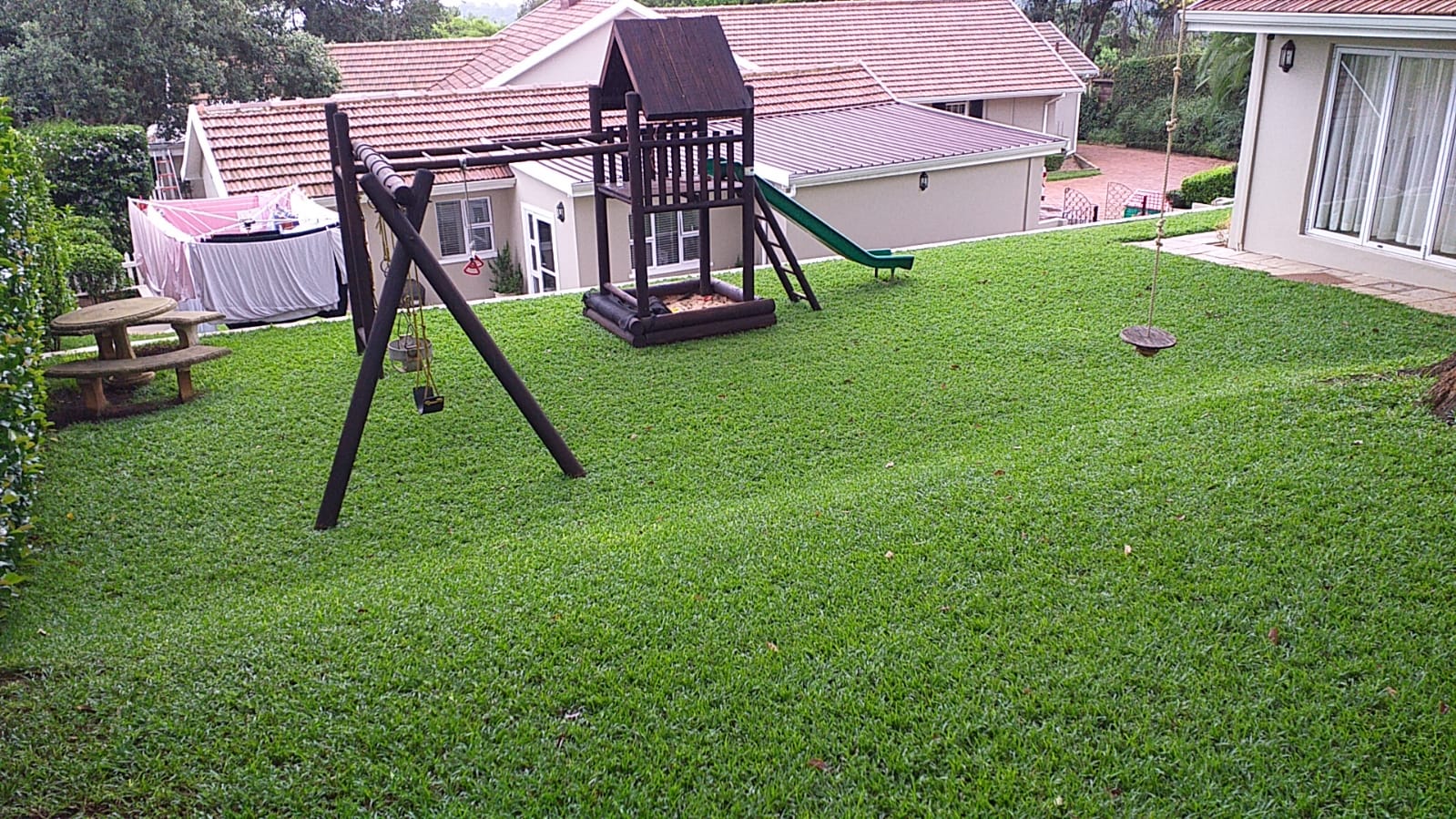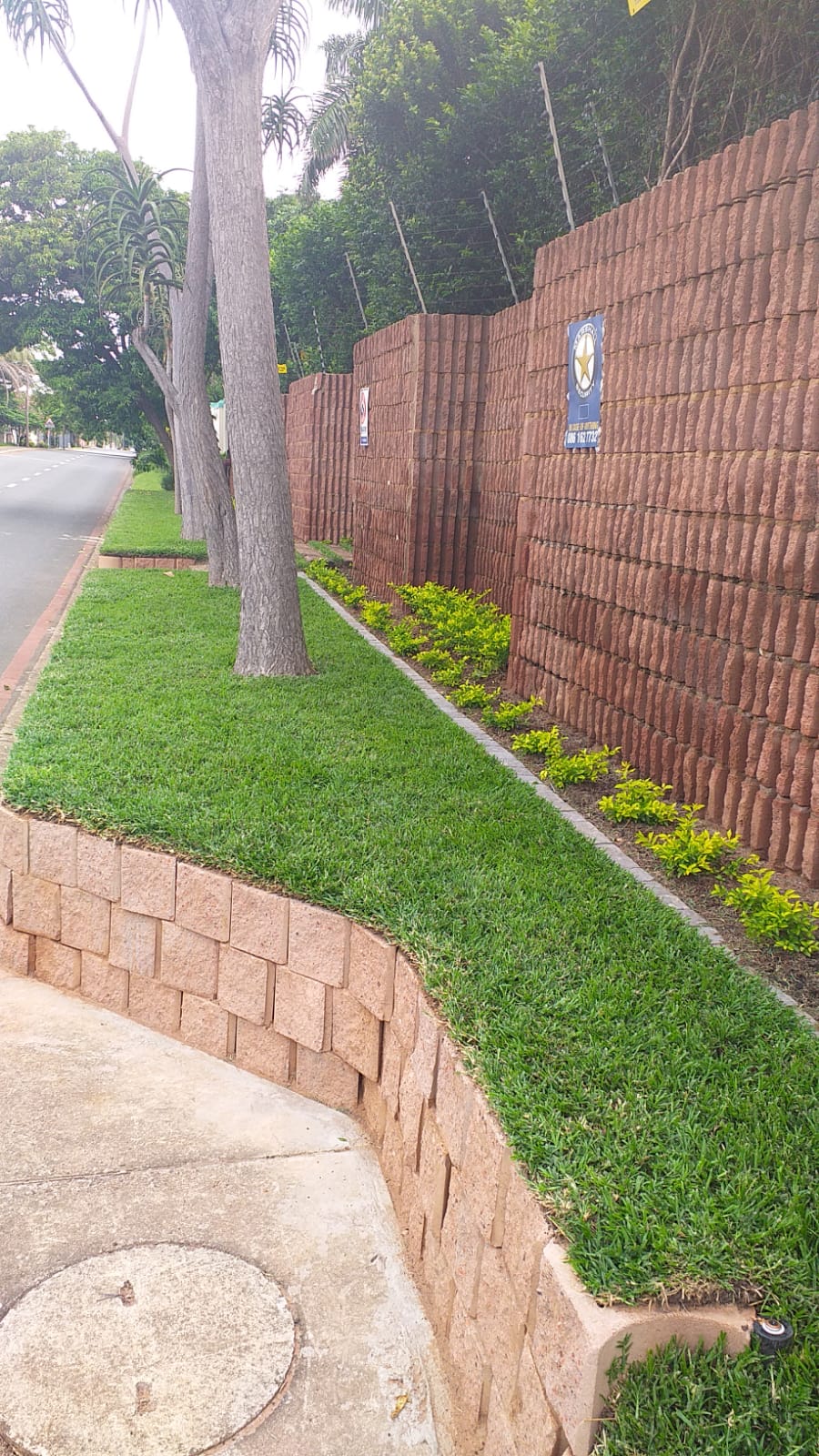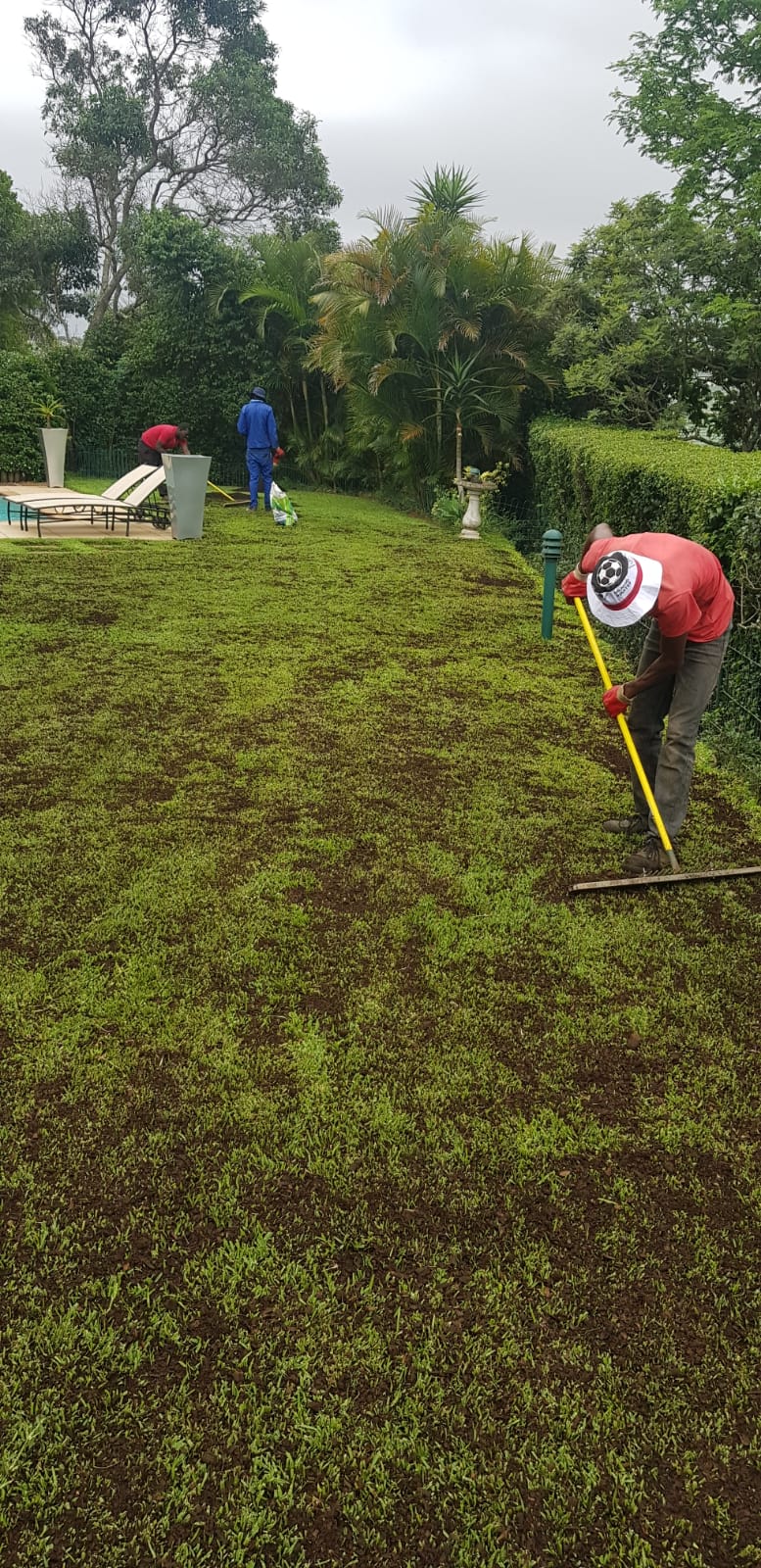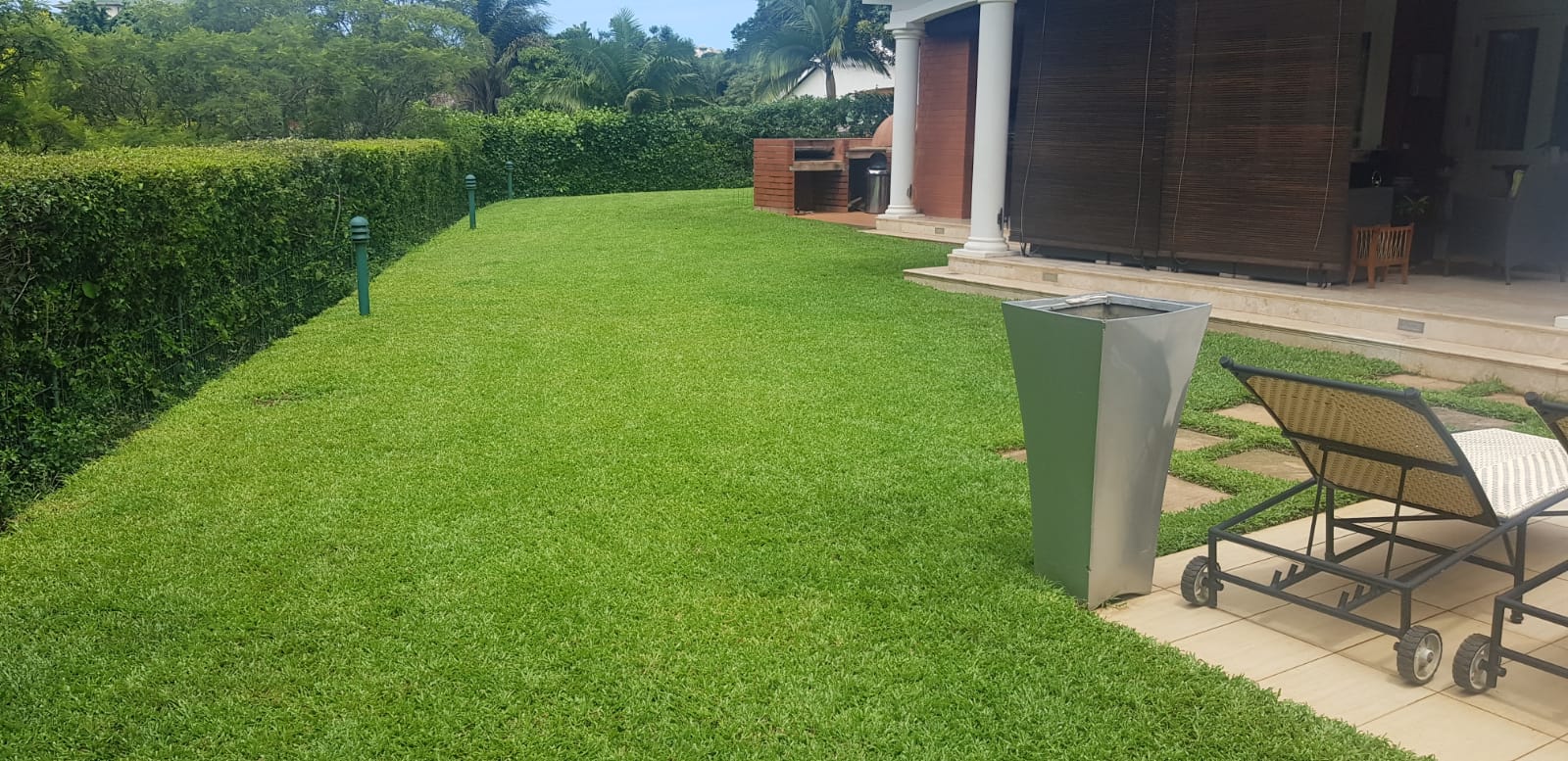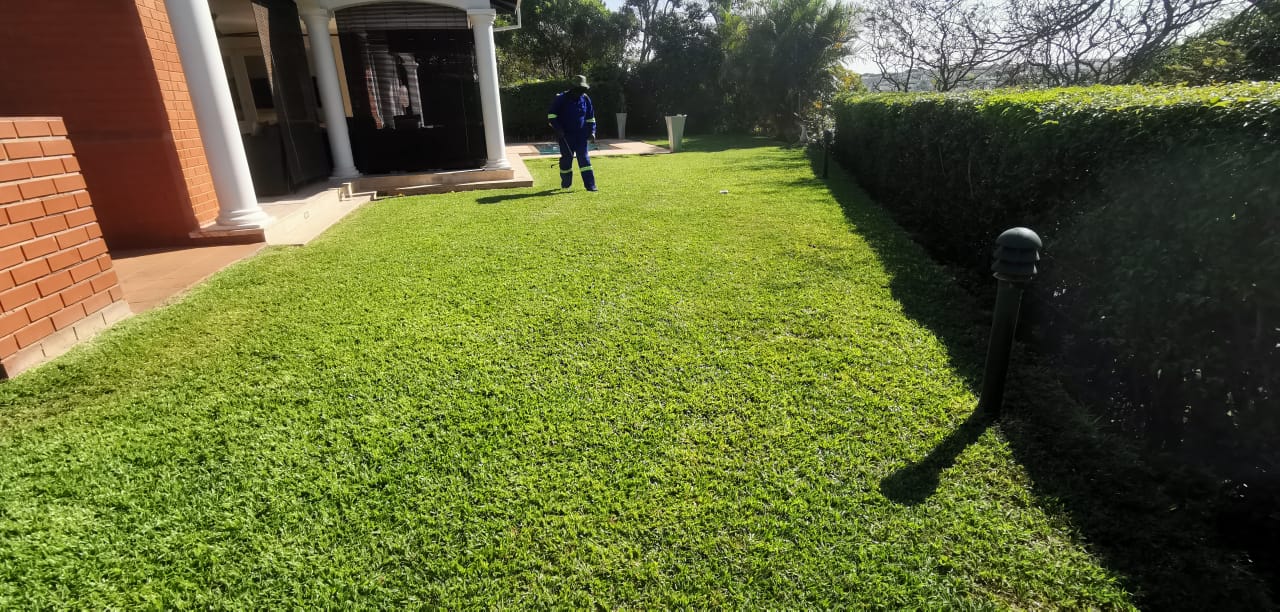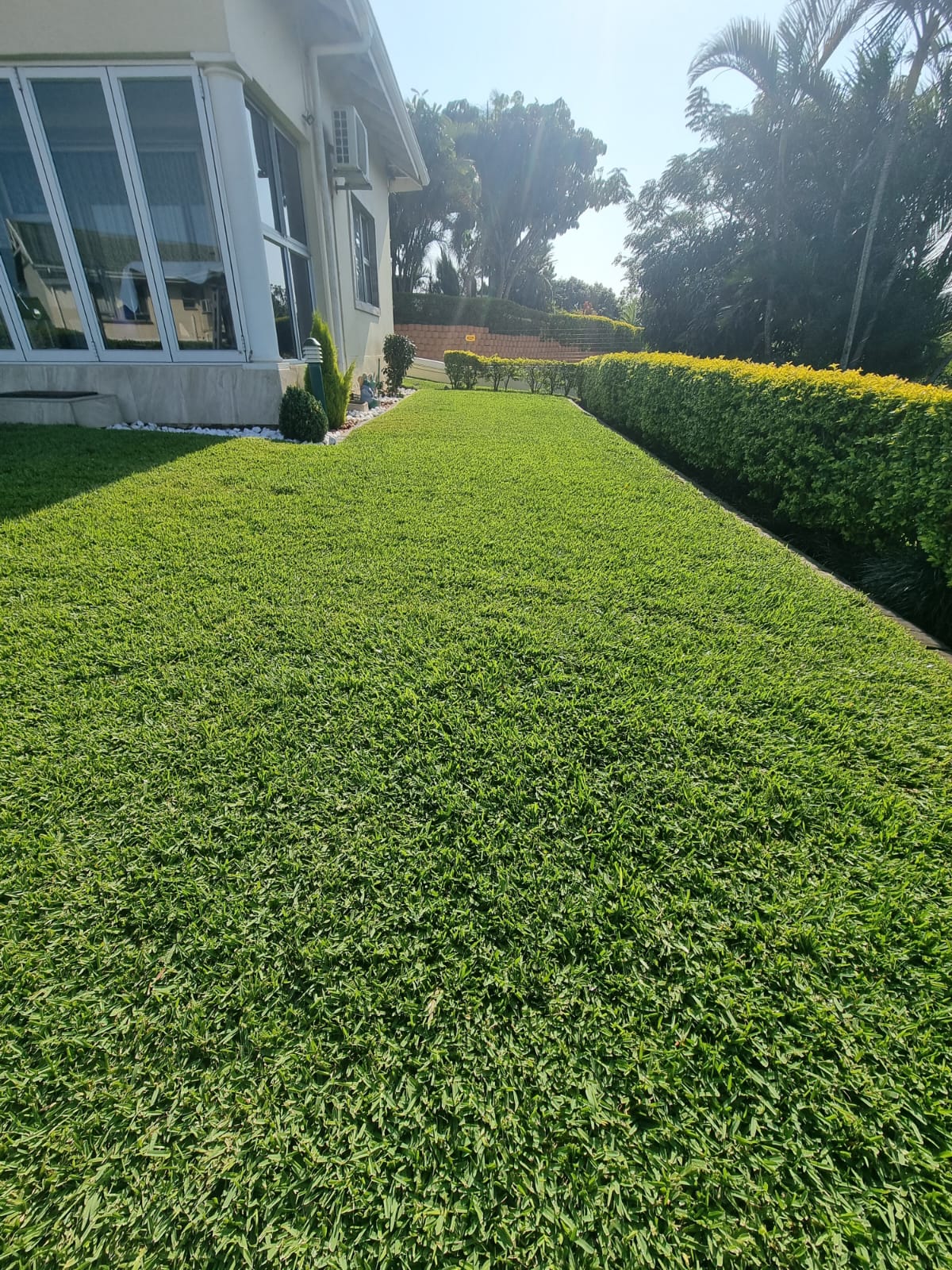Lawn Maintenance
Lawn Maintenance Importance
- Aesthetics: A well-maintained lawn enhances the overall look and feel of a property. It provides a lush, green, and inviting atmosphere that can increase the curb appeal of a home or commercial building.
- Health: Regular lawn maintenance promotes healthy grass growth and helps to prevent the spread of disease and pests. Proper mowing, watering, fertilizing, and aerating can also help to maintain the soil quality, which is crucial for healthy grass growth.
- Safety: An overgrown lawn can be a safety hazard, especially if it obstructs the view of drivers or pedestrians. Regular lawn maintenance can help to prevent accidents and injuries caused by uneven terrain or hidden obstacles.
- Property Value: A well-maintained lawn can increase the value of a property, which can be beneficial when it comes time to sell. A beautiful lawn can be a major selling point and can help a property stand out in a competitive market.
- Environmental Benefits: A healthy lawn can help to reduce erosion, absorb rainfall, and improve air quality. Grass also produces oxygen and absorbs carbon dioxide, which can have a positive impact on the environment.
Lawn Maintenance Tips
- Mowing: Mow your lawn regularly and at the right height. Avoid cutting the grass too short, as this can stress the grass and make it more susceptible to weeds and disease. Set your mower to a higher setting and aim to cut no more than one-third of the grass blade.
- Watering: Water your lawn deeply and infrequently, rather than frequently and shallowly. This encourages deeper root growth and makes the grass more drought-resistant. Water early in the morning to avoid evaporation and minimize the risk of disease.
- Fertilizing: Apply fertilizer to your lawn in the spring and fall to promote healthy growth. Use a slow-release fertilizer and follow the recommended application rates. Avoid fertilizing in the heat of summer or during drought conditions.
- Aerating: Aerating your lawn helps to relieve soil compaction and allows water and nutrients to penetrate the soil more easily. Use a manual or mechanical aerator to make small holes in the soil.
- Weed Control: Keep weeds under control by pulling them out by hand or using an herbicide. Apply herbicides carefully and sparingly, following the instructions on the label.
- Soil Testing: Test your soil periodically to determine its nutrient content and pH levels. This will help you determine what type of fertilizer and soil amendments to use.
- Overseeding: Overseed your lawn in the fall to promote thicker growth and fill in bare spots. Choose a grass seed blend that is appropriate for your region and soil type.
Remember to always follow best practices when maintaining your lawn, and consult with a professional if you have any questions or concerns.
Contact us for an obligation free Quotation.







